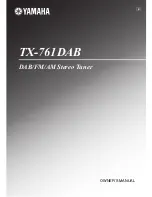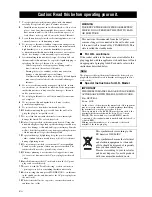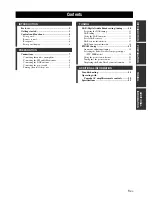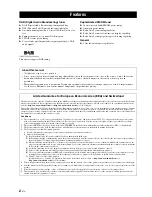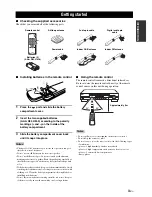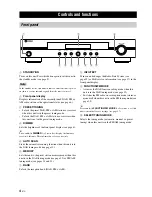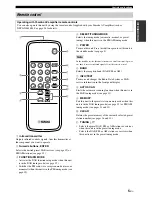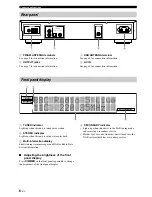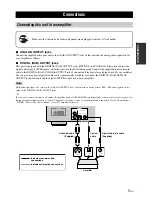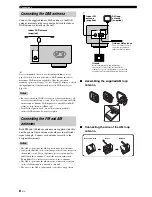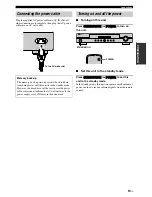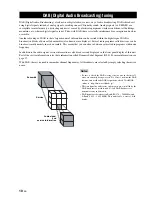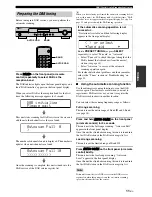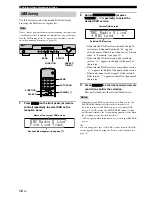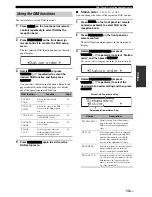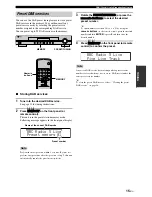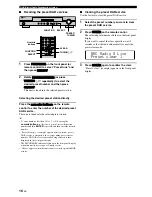
DAB (DIGITAL AUDIO BROADCASTING) TUNING
10
En
DAB (Digital Audio Broadcasting), also known as digital radio, is a new way of radio broadcasting. DAB is broadcast
using digital signals instead of analog signals, resulting in near CD-quality sound. Analog signals (i.e. FM/AM) are
susceptible to interference (i.e. distorting and noise) caused by electrical equipment, weather conditions, tall buildings,
mountains, etc. whereas digital signals are not. Thus, with DAB, there is virtually interference-free reception and no hiss
or crackle.
Another advantage of DAB is that a large amount of information can be carried within the digital signal. DAB is
broadcast in blocks of data called ensembles (also known as multiplexes). Several radio programs called services can be
broadcast simultaneously in each ensemble. This means that you can choose between several radio programs within one
frequency.
In addition to the audio signal, service information is also broadcast and displayed in the front panel display of this unit.
Part of the service information is text data information called Dynamic Label Segment (DLS). For more information, see
page 17.
With DAB, there is no need to remember channel frequencies. All broadcasts are selected by simply selecting the service
name.
• Be sure to check the DAB coverage in your area in that not all
areas are currently being covered. For a list of nationwide DAB
statuses and worldwide DAB frequencies, check WorldDAB
online at “http://www.worlddab.org/”.
• The sound quality and service information are controlled by the
DAB broadcaster, not this unit. Not all DAB broadcasters
transmit service information.
• DAB signals are broadcast in Band-III (174 – 240 MHz) and
L-Band (1,452 – 1,492 MHz). This unit is able to receive both
bands.
DAB (Digital Audio Broadcasting) tuning
Ensemble
Service
Audio signal
and
service information
Notes

